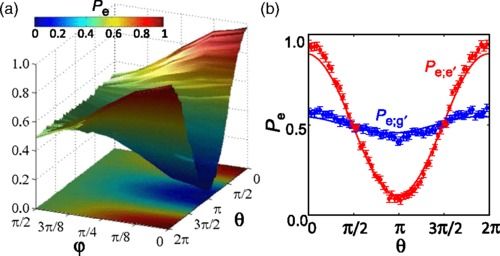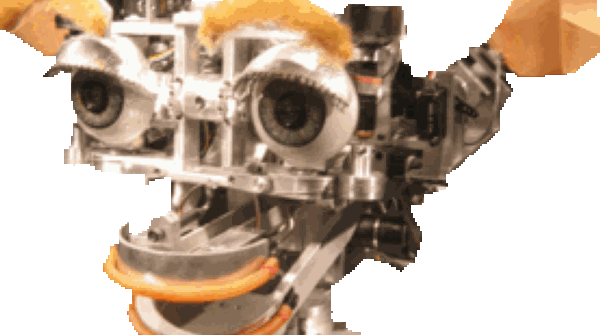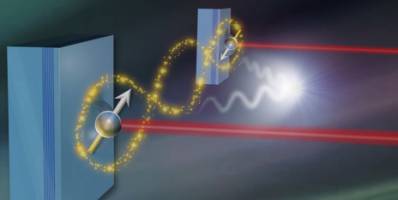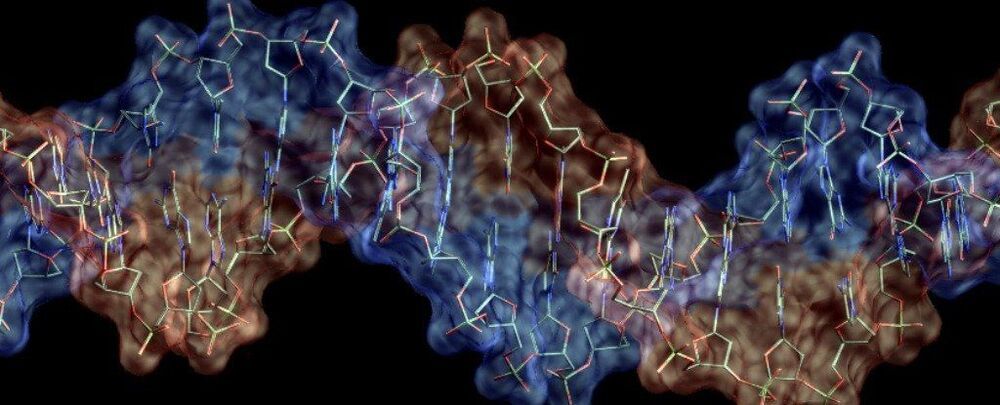Page 11531
Dec 28, 2015
Quantum Delayed-Choice Experiment with a Beam Splitter in a Quantum Superposition
Posted by Andreas Matt in categories: particle physics, quantum physics
A beam splitter is placed in a quantum superposition state of being both active and inactive allowing the wave and particle aspects of the system to be observed in a single setup.
Dec 28, 2015
Why 2016 Could Be a Watershed Year for Emotional Intelligence–in Machines
Posted by Sean Cusack in categories: computing, information science, neuroscience
Better cameras, along with more powerful algorithms for computer vision and emotion-sensing facial analysis software, could transform the way we interact with our devices.
By Andrew Moore on December 28, 2015.
Dec 28, 2015
Terminus: Movie Trailer
Posted by Sean Brazell in categories: asteroid/comet impacts, entertainment, existential risks
Blinded by the light of a falling meteor, David has a devastating car accident, leading to a profound discovery: an extra-terrestrial organism that may contain the secret of life itself. When David goes missing for two days, Annabelle searches for her father only to discover him wandering the forest, without so much as a scratch. David’s mysterious reappearance draws the attention of federal authorities and gives Annabelle reason to doubt his sanity. But David has a new sense of purpose, fueled by nightmarish visions. Driven by what he believes is an otherworldly purpose, David must convince Annabelle to believe him and complete his task before government agents can stop him, and before the world destroys itself.
Dec 28, 2015
150 Kilowatt lasers will be tested on predator drones and AC130 gunships in 2016
Posted by Klaus Baldauf in categories: drones, energy, military

A laser set to begin live-fire tests at White Sands Missile Range, New Mexico, in January uses rare earth minerals. It was developed by General Atomics Aeronautical Systems Inc. of Poway, Calif., the company that produced the revolutionary MQ-1 Predator drone. Its precise power levels are classified, but Michael Perry, the company’s vice president for laser programs, said the experimental weapon’s beam is in the 150-kilowatt class. That’s more than 100 times the power needed to heat an electric oven to 350 degrees.
The General Atomics laser is five times more powerful than the only laser the military has fielded, the 30-kilowatt-class Laser Weapon System, a fiber laser the Navy developed that has knocked down small drones and crippled small boat swarms in tests at short range. That laser was installed on the USS Ponce, an Afloat Forward Staging Base deployed to the Middle East, in 2014. This past October, the Navy awarded Northrop Grumman a $53 million contract to develop a more powerful shipboard laser.
Dec 28, 2015
Doing nothing is not OK: A call for change at the FDA
Posted by Steve Hill in categories: biotech/medical, innovation
Doing nothing is no longer acceptable. Even the FDA admits the system needs fixing. Stem cell work holds huge potential and needs freedom to test breakthrough therapies that could change medicine forever.
A superconductor that deflects cosmic radiation away from interplanetary spacecraft sounds like science fiction, but it’s on its way to becoming reality. Tim Dean reports.
Dec 28, 2015
Faster entanglement of distant quantum dots
Posted by Shailesh Prasad in categories: futurism, quantum physics
Entanglement between distant quantum objects is an important ingredient for future information technologies. Researchers at the ETH have now developed a method with which such states can be created a thousand times faster than before.
Dec 28, 2015
Researchers have figured out how to store the entire Internet in a test tube
Posted by Shailesh Prasad in categories: biotech/medical, computing, internet
Engineer Robert Grass says that though we believe information is here forever, it’s actually fragile. Hard drives and physical sources of information, like books, decay over time. In a video for the BBC, Grass describes his quest to find a method of preserving information that could be stable for millions of years. The secret is DNA.
In 2012, research showed that you could translate a megabyte (MB) of information into DNA and then read it back again. DNA has a language of its own, and is written in sequences of nucleotides (A, C, T, and G). Think of it as similar to binary, which breaks information down into ones and zeros.
And DNA has the advantage of being able to put an enormous amount of information in a tiny space. Theoretically, one gram of DNA could hold 455 exabytes of information. That’s “enough for all the data held by Google, Facebook and every other major tech company, with room to spare”, according to New Scientist.
















